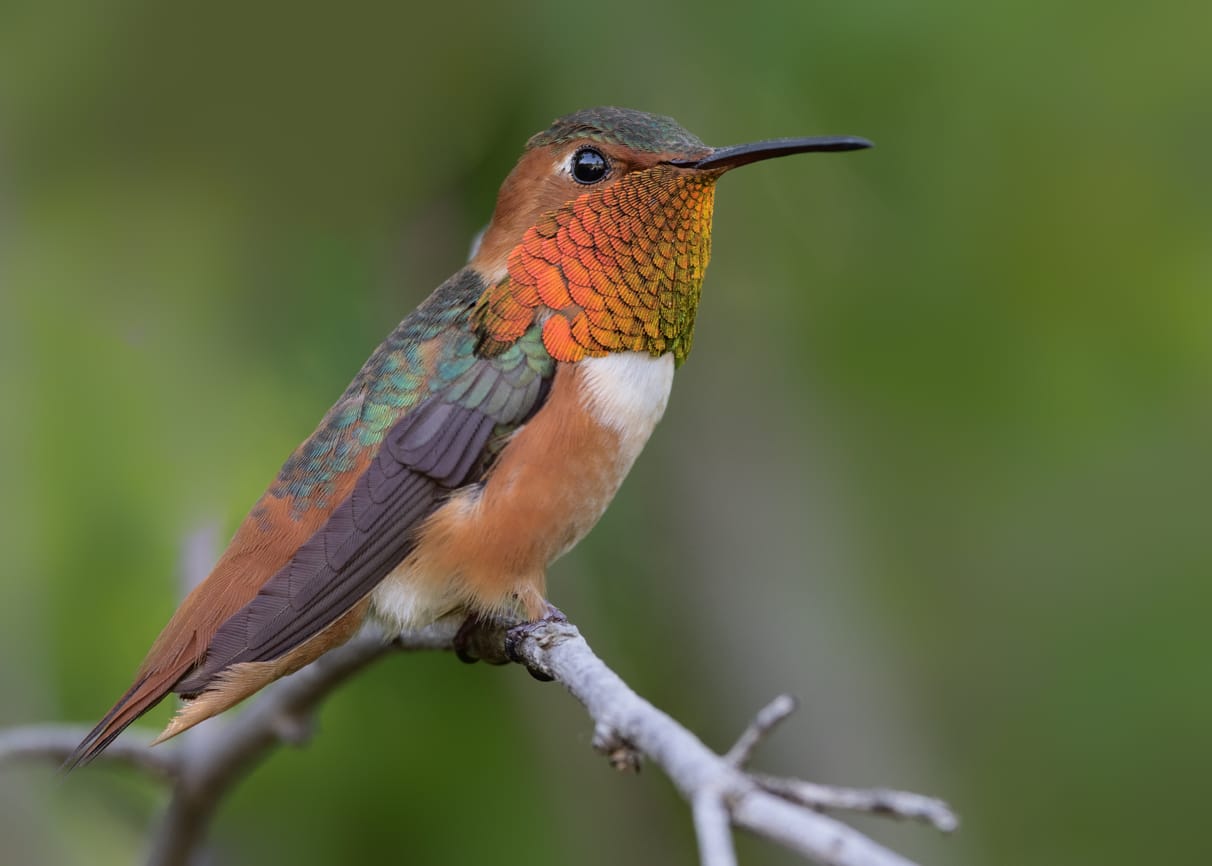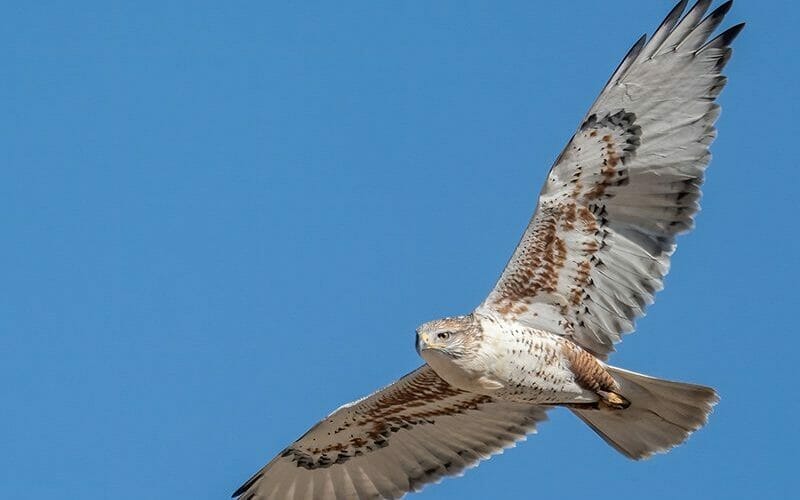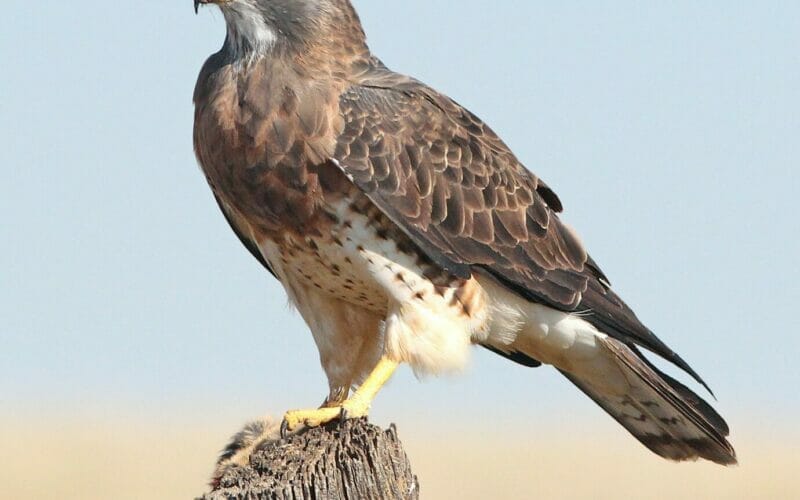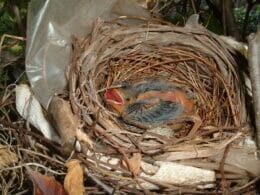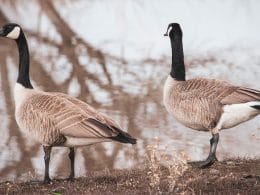We all know and love hummingbirds. They are aerial gems that brighten the world around us. If we are lucky enough to see them regularly, we may wonder about their nests and eggs. How small must they be? In this post we will try to find out.

Hummingbirds in the United States
The American Birding Association (ABA) lists 24 species of the hummingbird family Trochilidae that visit, migrate to or are resident in continental America. However, these include the Starthroat and Woodstar species, which are rare visitors to Arizona and Florida respectively.
For our purposes, we will look at one of my favourite hummers, the Allen’s. It is a mid-sized hummingbird with the most stunning plumage.
Allen’s Hummingbird (Selasphorus sasin)
Identification

The male Allen’s Hummingbird is a study in rufous glory. While the back is more muted green and the belly is buff, the rest is varying shades of rusty brown. The throat is covered in bronze scales.
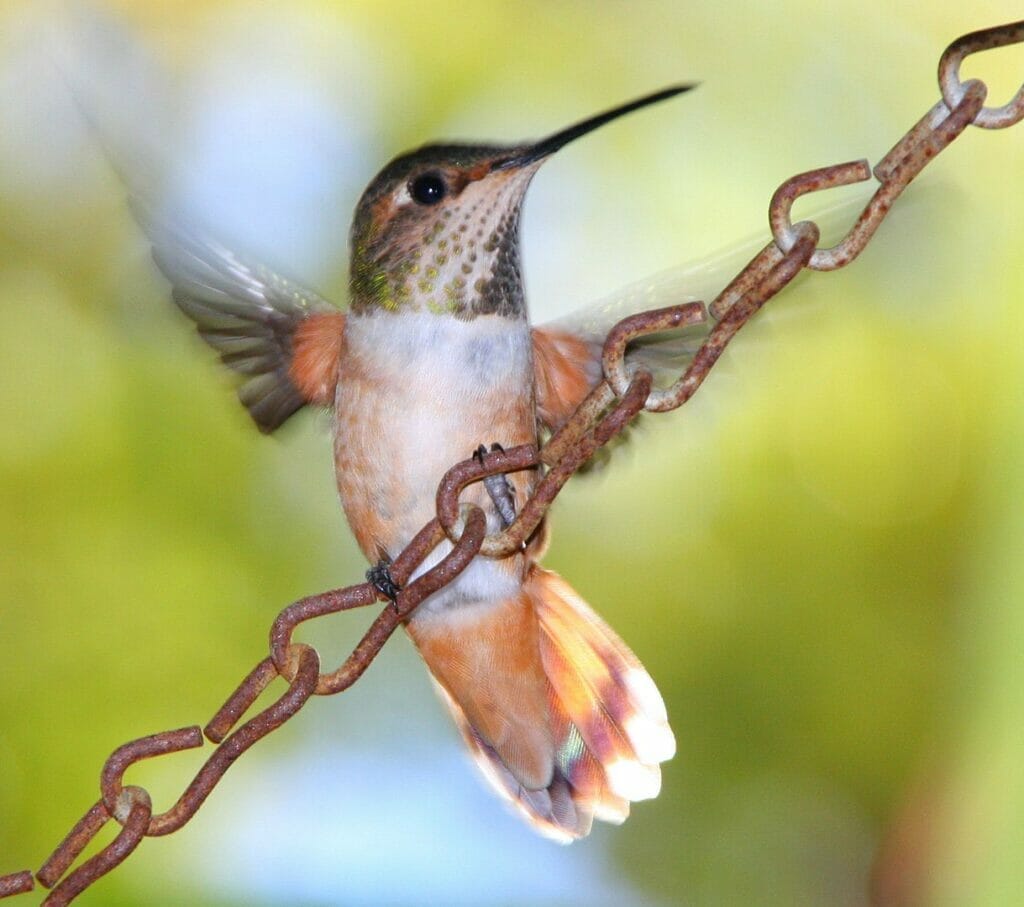
Females and juveniles look very similar to those of the Ruby-throated Hummingbird. They are duller overall but do have tones of iridescent green and rufous.
Size
- Length: 3.5 in (9 cm)
- Weight: 0.1-0.1 oz (2-4 g)
- Wingspan: 4.3 in (11 cm)
Range
According to the eBird Range Map below, the Allen’s Hummingbird has been reported across the United States, albeit quite sporadically. It has a concentrated population on the south west coast.

Migration
This tiny bird breeds along the coast of California and Oregon. It overwinters in Mexico. As seen in the migration map below, the yellow shows that the Allen’s Hummingbird can be seen moving through those areas.
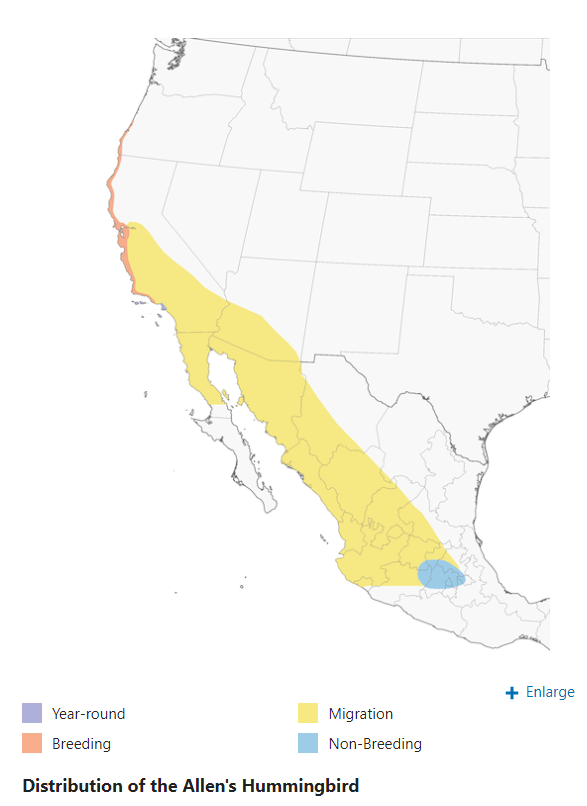
Breeding
Timing
The male Allen’s Hummingbird arrives first at the breeding area, which may be from mid-February. Nesting continues until June. Their time on the nesting grounds is relatively short and the males may leave for their return to Mexico in late May. Scientists have found it difficult to track the movements of juveniles and females because in the field they look identical to the Ruby-throated Hummingbird.
Nest Location
Allen’s Hummingbirds choose to nest in thick areas of vegetation or in trees, sometimes at up to 10 meters high. There is evidence that they prefer riparian areas that are shaded. Sometimes they will choose to nest in manmade structures. Groups of birds may nest in close proximity. The new nest may be built on top of old nests in the same location to previous years.
Nest Construction
While males arrive at the nesting sites earlier, it is the females that build the nests alone. It will take over a week for the construction to be completed. The nest begins with collecting spider webs and down to create a platform. The female then uses a sort of weaving technique to build the sides. The nest is lined with soft plant material.
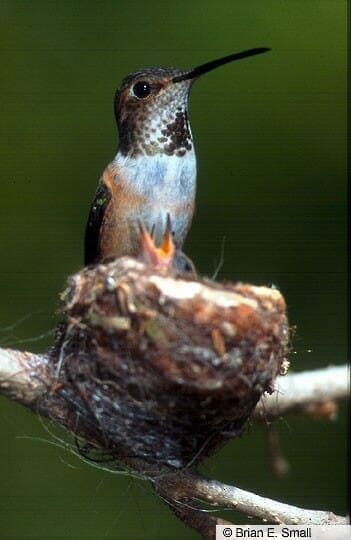
Nest Size
According to the Cornell Lab of Ornithology, the inside nest size is 1.25 – 1.5 inches (32 – 38 mm). Incredibly, that is little more that the length of a paperclip.
Eggs
This hummingbird lays 1 or 2 eggs and the dimensions are:
- Length: 0.49 in (12 mm)
- Diameter: 0.311 in (7.9 mm)
- Weight: 0.011 – 0.013 oz (0.323 – 0.388 g)
The eggs are white and smooth and the female lays them with 2-3 days in between. She incubates them alone and she will turn the eggs regularly. She only leaves them briefly to feed. If the eggs are in danger of overheating, she will lift her body off them to offer shade. The eggs develop for 2 to 3 weeks.

Hatching
The chicks use their egg tooth (the underdeveloped bill that acts as a tool to pierce the eggshell) to break open the egg and both eggs will hatch on the same or next day even though they may have been laid 2 days apart.
Nestlings and Fledglings
Allen’s Hummingbirds will develop for 2 weeks in the nest before they are ready to begin exploring the outside world. They will fledge from the nest at around 3 weeks.
Other Species of Hummingbird
Hummingbirds come in different shades and sizes of course, so let’s see if there is any difference in egg sizes.
| Species | Average Egg Size (length x diameter) |
| Calliope Hummingbird | 0.47 x 0.32 inches |
| Rufous Hummingbird | 0.51 x 0.34 inches |
| Broad-tailed Hummingbird | 0.51 x 0.34 inches |
| Costa’s Hummingbird | 0.48 x 0.32 inches |
| Anna’s Hummingbird | 0.46 × 0.33 inches |
Ruby-throated Hummingbird
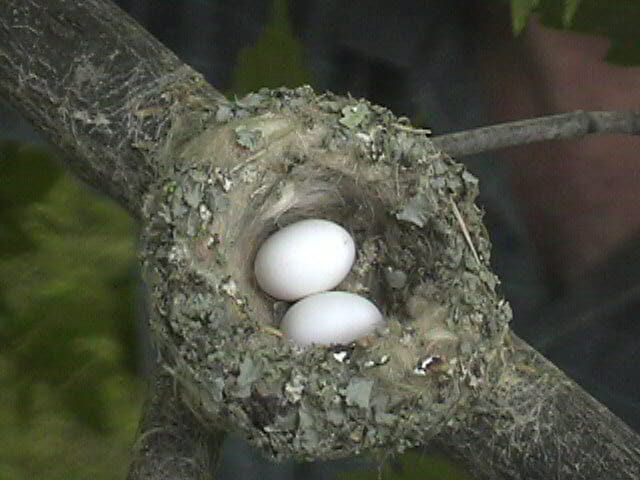
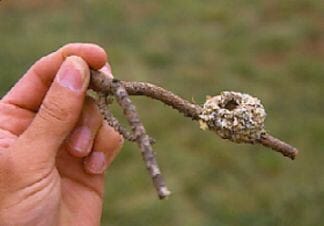
Anna’s Hummingbird
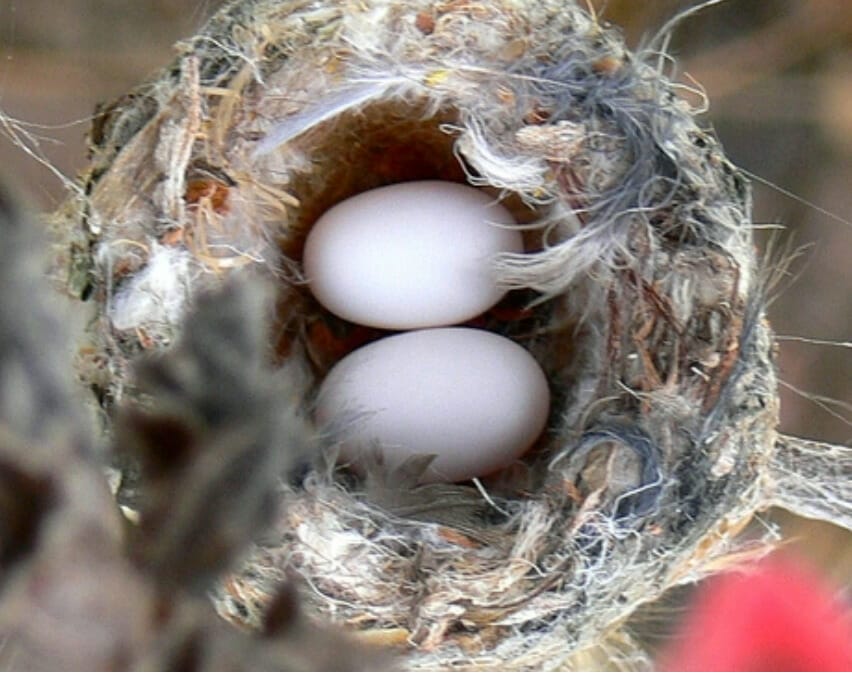
Conclusion
The hummingbird is an amazing natural phenomenon. It lays the smallest eggs in the world in the smallest nests. It is remarkable that they survive and thrive. Nests average less than the size of a standard door key. It is hard to imagine.
I hope you enjoyed reading about the hummingbird and its eggs. If you live in an area that has hummingbirds, consider putting out feeders to help support these wonderful creatures.
FAQ
According to the ABA, there are 15 species that are resident of the U.S. and breed here. All of them, except one, migrate south for the winter. Only the Anna’s Hummingbird remains in the States all year round.
The Ruby-throated Hummingbird is the most common and widespread hummingbird in the United States.
Experts think that there were hummingbirds in other parts of the world millions of years ago and that current species and populations moved up from South America. However, no-one is really sure why they are only in the Americas today.




